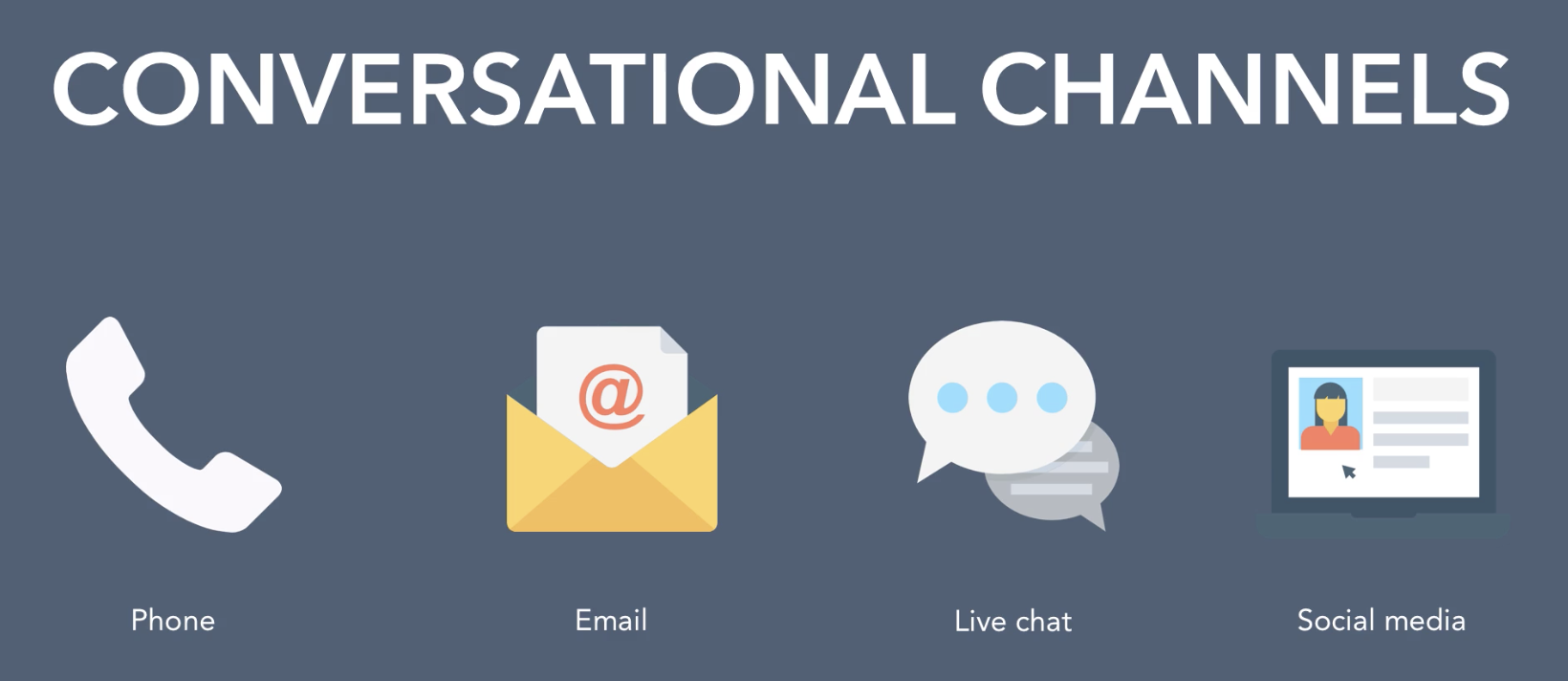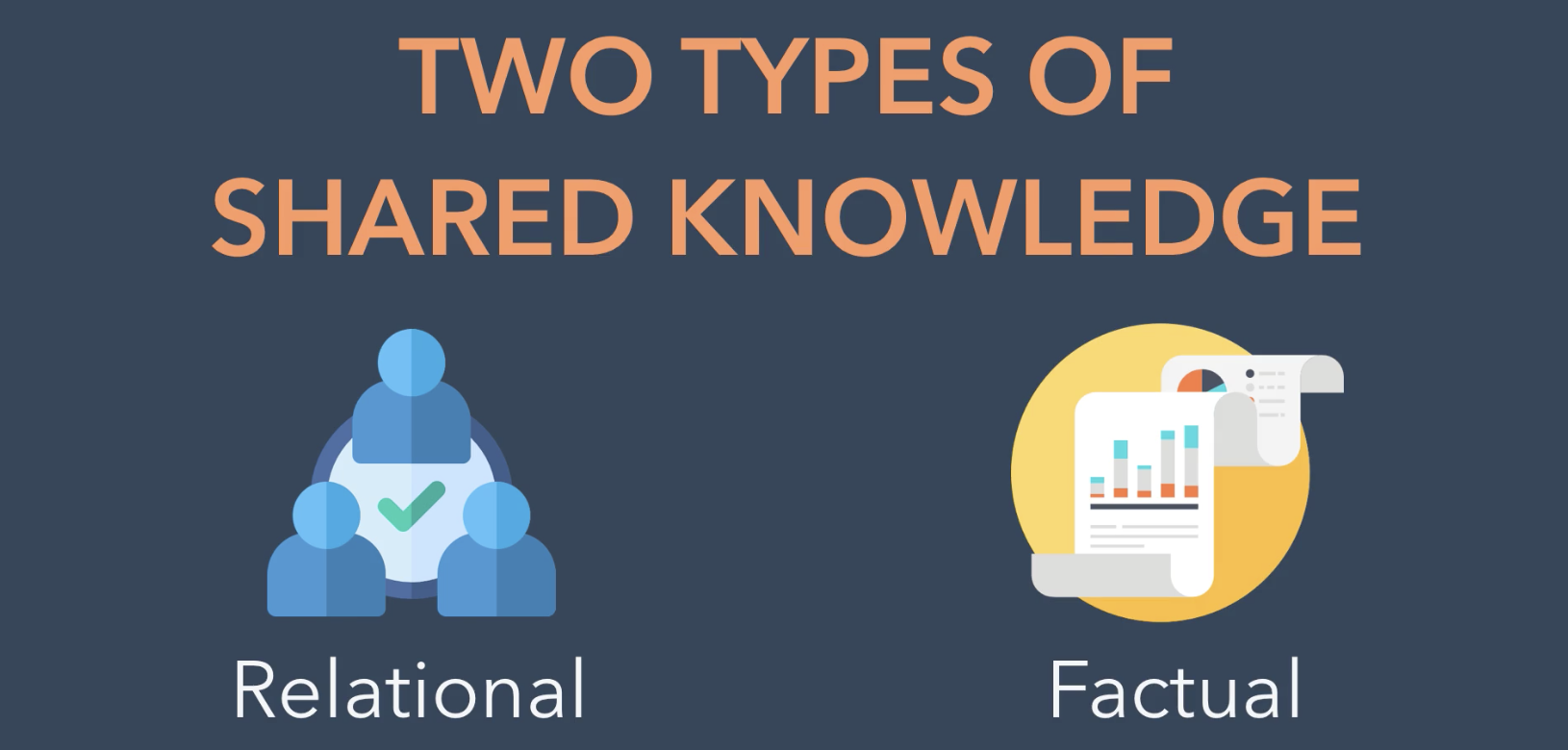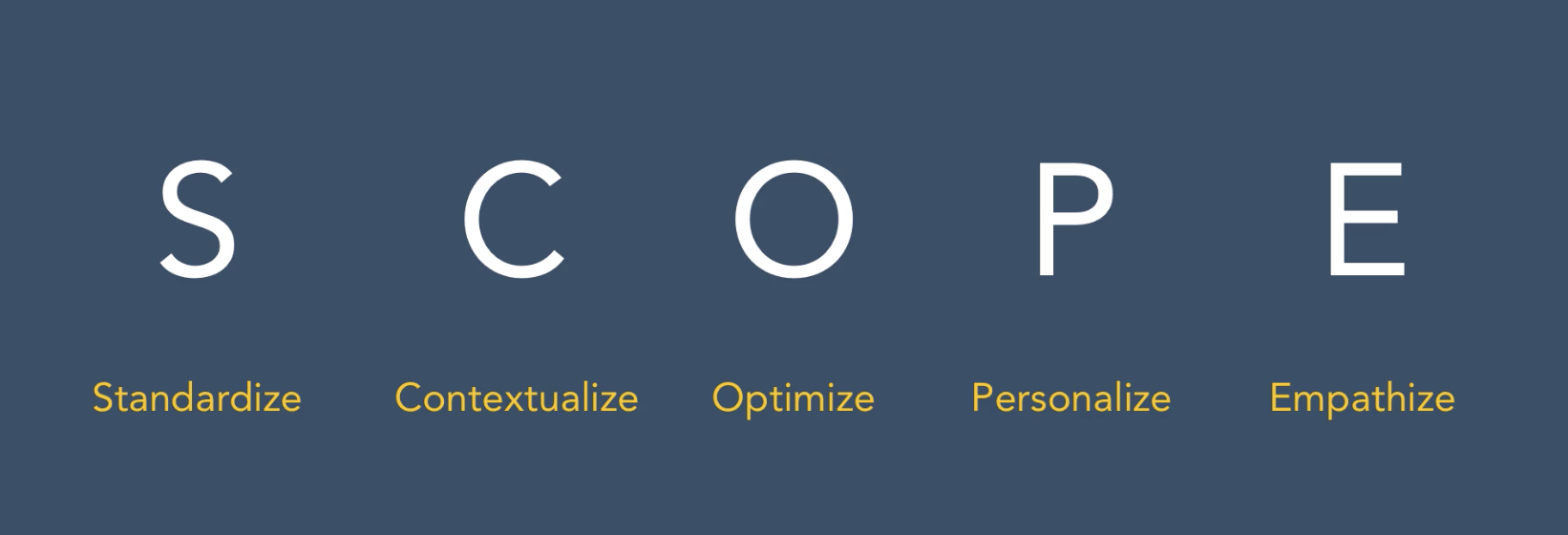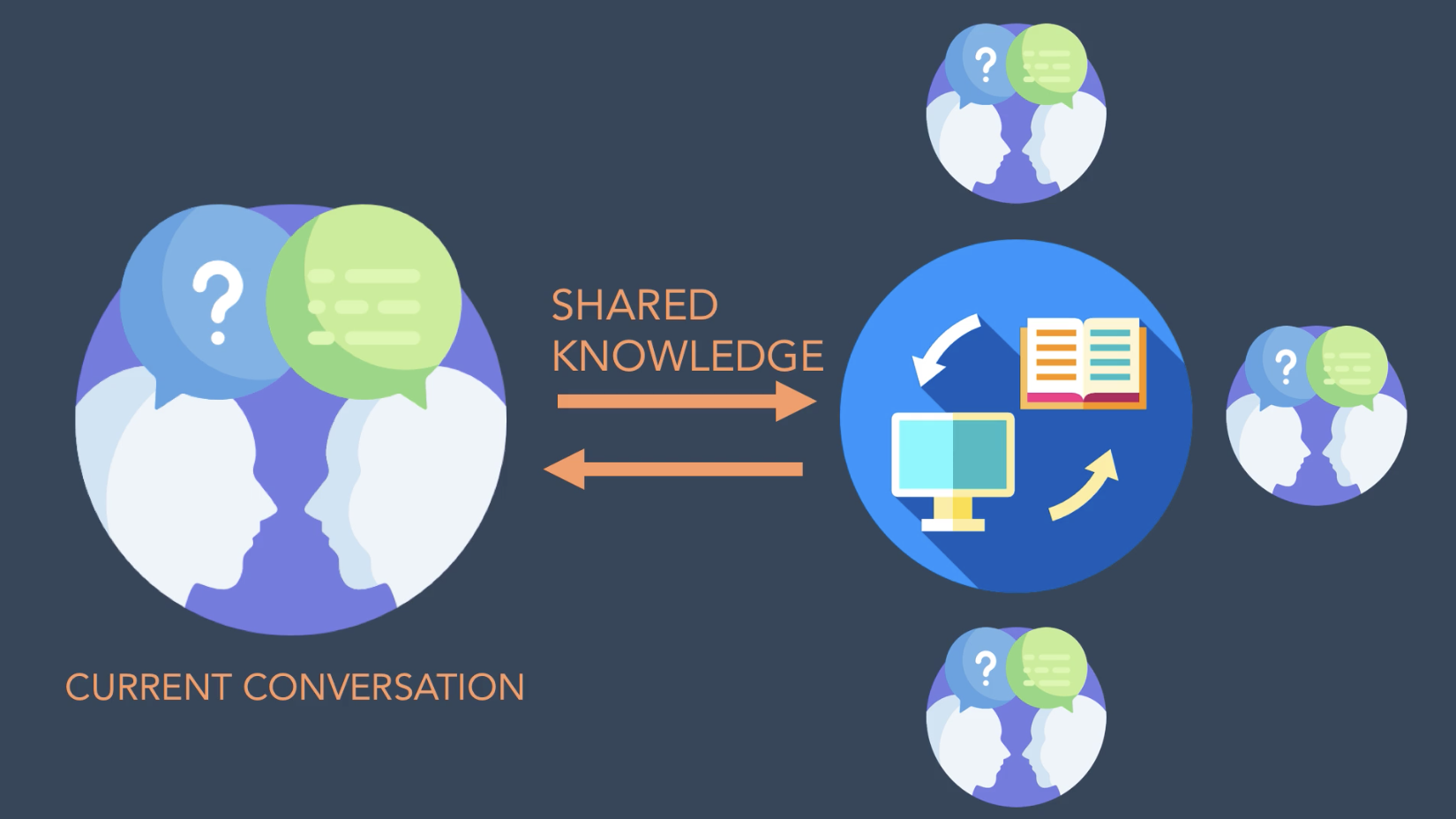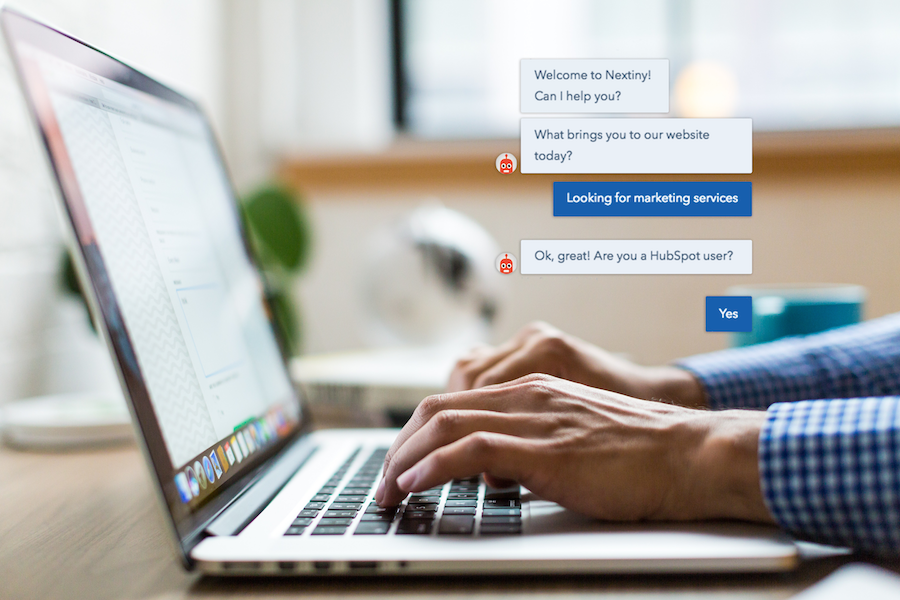
Many people think of conversational marketing as a new tactic, but it's probably the oldest method of marketing there is. One-on-one, personal relationships with vendors, shop-owners, and salespeople shouldn’t be considered a method of the past. Consumers are still drawn to a more personal experience with businesses, even if that personal communication is happening from a digital space.
Related Blog: How Live Chat is Transforming Sales [HubSpot Messages]
Developing Conversational Inbound Growth Strategies:
Two years ago, before INBOUND 16, HubSpot introduced HubSpot Messages, a live chat feature that they had created. The goal of adding a live chat feature to the HubSpot platform was to allow users to add a more personalized way for leads to interact with their businesses online. Fast Forward two years and HubSpot has taken this to the next level by introducing HubSpot Conversations, a conversational marketing platform. When HubSpot introduced their conversational marketing platform, it created a solution to an issue most of us didn’t even know we had. It gave us the ability to scale one on one conversations. By using the conversational inbox, we can make sure that the right people on our team are equipped to have the right conversations with leads, picking up right where the chatbots left off and avoiding putting them through the same series of questions over and over again.
Live chat is a communication channel where you can engage with your visitors, leads, and customers, educating and helping them by offering the right value at the right time in their buying process. Many marketers are incorporating chatbots into their live chat processes as well, helping to start the conversation without leads having to directly engage with a salesperson.
Why are conversations, live chat, and bots so important now?
- 90% of people expect to reach a business through live chat.
- 44% of people say that live chat is the most important thing that a business can do to help their customers.
In this article we are going to explore the pillars of Conversational Inbound Growth Strategies. We will reveal how we get our customers excited about live chat, how to implement this strategy, and how to use conversational inbound for specific industries we have experience with.
CONVERSATIONAL CHANNELS:
Conversational Channels include, phone, email, chat and social. Each channel has a different TTL (time-to-live), which is the time that a person is willing to wait to get a response in that channel. For example, email has a TTL of 24 to 48 hours, whereas chat has a TTL of 1 to 2 minutes. It is very important to plan your conversational inbound strategy with these times in mind.
Conversations happen in many channels; therefore, we need to plan a strategy that incorporates all of these channels to continue the conversation, nurture, and close the lead. Over time, we want to collect more information about the prospect with every interaction so that the conversation becomes more personalized every time they visit your website.
SHARED KNOWLEDGE:
Shared knowledge is another pillar of a well-rounded conversational strategy. Shared knowledge is the information you have in order to make the conversation more human for the person on the other side.
One type of shared knowledge we use is relational information, which is information that relates directly to a person and their activities, relationships, and experiences. Relational information includes everything that you can learn about a lead that will help you answer their questions directly, in a very helpful way. For example, questions that define who they are and which buyer persona they would be closest to (Name, Industry, City, etc).
The second form of shared knowledge we really need to define is factual information. Factual information includes the details of your offerings, best practices, and situations that your product or service acts as a solution for. These usually come in the following forms; who, what, why, when, where, how, which and yes/no questions.
All of the shared information you collect from your visitors will be available for future conversations, ensuring that your team will never ask the same question twice. This helps the prospect feel like they are having one conversation without repeating themselves with the same person, no matter how many chatbot interactions they have before making the decision to buy. Conversational inbound helps create relationships with your customers, allowing them to have a more personal experience online.
S.C.O.P.E.
Scope stands for:
- Standardize: Consistent factual content, everyone in the organization responds in the same way with the same content, voice, and strategy to provide a consistent experience.
- Contextualize: Context is important when trying to deliver the right answer and this depends on how they ask: who, what, why, when, where, how, which and yes/no questions.
- Optimize: Live chat should only consist of one or two sentences. If you need to send more information, deliver it by email. Delivering the right information on the right channel will help optimize your conversational marketing strategy.
- Personalize: Leverage information from the CRM to personalize the conversation.
- Empathize: How do they feel? Provide the emotionally correct response. For example, if someone is angry, you need to address and acknowledge that first and then respond to their question.
How to Introduce Conversational Marketing to Your Customers
Before we start setting up a chatbot on a company’s website, we need to be aware of the customers’ current stance on live chat and bots. When working with clients, we have realized that most people are afraid of implementing live chat or even a basic bot on their website. It’s not hard to have a negative attitude towards chatting with a computer. Almost every person has had at least one bad experience interacting with chatbots.
We mitigate these negative attitudes and experiences by basing our live chat and chatbot strategy on the inbound methodology. Depending on which page the visitor is on, or the status of the lead, we can understand who we are talking to and deliver a customized chatbot experience to continue the conversation and help them where they are in the buyer’s journey.
Through conversational inbound, businesses define buyer personas, create content that is helpful and relevant, and deliver the right content at the right time in the appropriate context to ideal customers.
You can’t practice conversational marketing and sales in a successful, helpful and relevant way without understanding who you are talking to, obtaining as much context as possible, and delivering the right answer, at the right time through the right channel.
Implementing a live chat feature on a website is not simply another tool that creates more work for your sales team. The bot is a part of the same inbound strategy that ultimately will help marketing, sales, and service teams create a more human conversation with website visitors.
HubSpot Conversations is much more than a typical live chat and bot feature. Because this feature is part of the HubSpot platform, it is simple to integrate all channels of outreach into one place and see what is happening with leads and customers in real time. The power of the HubSpot CRM gives us insight into how visitors are engaging with a website and allows us to share helpful content through the most appropriate channel.
We are excited about HubSpot Conversations because you can implement it for free, creating no extra cost for the customer. This allows the customer to test out the live chat features and once they see the value, we can discuss how to utilize the tool to generate even more success.
PRO TIP: If you feel the need to deliver more than a sentence or two, and the channel you're working on is live chat (or a chatbot), consider whether you can provide a link to the source of the information (like a knowledge-base article or blog), or offer to send over the information via email.
Related article: Want Your Business to Grow? Try the HubSpot Ecosystem
How To Create a Live Chat and Chatbot Strategy
Many people see live chat as just a sales tool. If someone is ready to buy, of course, we can entice them to have a conversation and close through chat, but this isn’t always the case. If your visitor is ready to engage with sales, chatbots and live chat conversations are amazing tools to help educate and close customers, but not every lead is ready to buy. Remember that you could be attracting different buyer personas at different stages of their buyer’s journey, and keep this in mind when designing your chatbots sequences. Allow your chatbot to provide answers to visitors’ questions, recommend specific pages on your website, schedule a meeting with a sales person, and give them the option to just browse. Depending on the person, they may prefer to engage through live chat or schedule a phone call, so customizing your chatbots to allow options gives the visitor the best experience.
The way that we plan conversational inbound strategies is to first understand who are we talking to and where they are in their buyer's journey when they visit a specific page. We know that someone on the home page could be just browsing, but someone on the pricing page will probably be the specific buyer persona interested in that product and close to making a purchase.
Conversational inbound can help your marketing team generate leads by offering value on a “top of the funnel” page. By asking the right questions on this page, we can learn more about the lead and therefore personalize and contextualize future conversations. Information gathered through live chats can be incorporated into nurturing emails triggered by workflows, this way the email will feel less robotic and the visitor will get a more personalized experience. The information being shared should depend on the channel being used. Blog articles, videos and longer resources should be shared via email while shorter information or helpful tips can be shared through live chat.
Once that lead has continued through their education process and are moving towards the “middle of the funnel”, they may return to the website from a targeted ad and have questions that can be addressed by a bot and later by a person through live chat. At the same time, a current customer may visit your website with support or product questions that can be easily answered through live chat with the support of a salesperson on the other side providing informational snippets from your knowledge base.
It’s important to remember that conversational strategies work the same way as any other inbound marketing and sales effort. By testing tools, learning from them, and optimizing efforts from there, growth will happen over time (Think, Plan, Grow).
In order to implement a successful conversational inbound strategy, you need to implement the same inbound process that you have in place and optimize over time: Think, Plan and Grow.
THINK:
Be cognizant of each way that people interact with your business and define a message that can be repeatable, predictable and impactful.
PLAN:
Design the conversation sequences. Work backwards from the impact that you want to make. Review different paths and proactively try to predict how visitors might leave the conversation.
GROW:
Iterate conversations and learn from them to optimize your efforts over time.
Reasons Why We Love The HubSpot Bot and The Conversations Tool
- Fully integrates with the entire HubSpot Platform.
- Automatically creates fields in your CRM that will be filled in by bot interaction answers.
- Availability of educational resources for this new product line through the HubSpot Learning Center.
- Familiar for current HubSpot users, similar to the workflows tool.
- Easily integrates with other favorite tools, such as Slack, to manage and takeover live conversations.
- Effortlessly customize using personalization tokens in chatbot conversations.
- The HubSpot Bot and Conversations tool are FREE!
Examples of How We Have Implemented Conversational Growth Strategies For Our Customers:
Older population: Conversational marketing for retirement communities.
Some industries are more open to the idea of live chat and bots than others. The older the population of your potential customers, the harder the conversation is and the more push back you will get on implementing this new feature. This challenge is no different from the challenge we had 5 years ago when people thought that older people would not use websites to decide what to buy, and look where we are today. The proliferation of tablets and big phones made the usage of the internet rise in older demographics more than ever before.
Related article: How the HubSpot Ecosystem Facilitated Ongoing Success in a Traditional Outbound Industry
In the past 5 years, we have seen an incredible adaptation of older prospects to websites, mobile devices, forms, email campaigns, social media (especially Facebook) and video. Live chat and chatbots, when done the inbound way, are just another great way to provide value, showcase your brand, educate your prospects, and get them to take the next step.
In the case of retirement communities, we are always trying to encourage prospects and their families to visit the community and attend a luncheon or private tour. Believe it or not, email marketing and AI send time optimization by Seventh Sense has been instrumental in the success of these campaigns.
Related article: HubSpot + Seventh Sense: 60% Increase in Sales Opportunities From Email Marketing
With the addition of a helpful bot, we can start the conversation at key points on the website where we know these prospects have already made specific actions and have converted into a luncheon registration. Instead of sending them to a form with a 5% conversion rate, we can have an educational, real, contextual, personalized, and human conversation. When discussing sensitive topics, such as retirement or a parent’s health, the human aspect is more important than ever. In this case, live chat has a high probability of generating more success in addition to all of the form submissions obtained from current inbound efforts.
B2C luxury products and services: Conversational marketing for luxury rentals and luxury home developers.
We work with many B2C businesses that are seeing great success with live chat and bots. The main reason that this is happening is because when people are on the website, they are looking for an answer to their questions immediately, and if you can deliver the answer at the right time, you will have a successful conversation. This immediate customer service via chat converts into scheduling a tour, requesting a quote, or even a sale. For websites with large amounts of visits, reasonably good conversion rates on inbound efforts, and well-rounded campaigns, it is very easy to implement a conversational inbound strategy. This instantly provides an increase in lead conversions of at least 1% (a 30% to 50% increase). For websites getting 30K to 50K visits every month, this equals an increase of about 300 to 500 leads per month that have been qualified through live chat. That is 20-30% more sales coming from leads engaging in conversations online.
In the case of luxury builders, we have seen that the implementation of an inside sales team to manage leads from internet efforts increases the probability of these leads to become Sales Qualified Leads (SQLs), and ultimately closing as a deal. When discussing conversations, live chat and bots, the people that are the most excited are inside sales representatives whose main goal is to have more quality conversations with visitors and leads so that they can learn more about them and qualify them to be SQLs. These conversations not only move people to the next step but more importantly, they gather valuable information that the sales team can use to finalize the next conversation before the sale.
